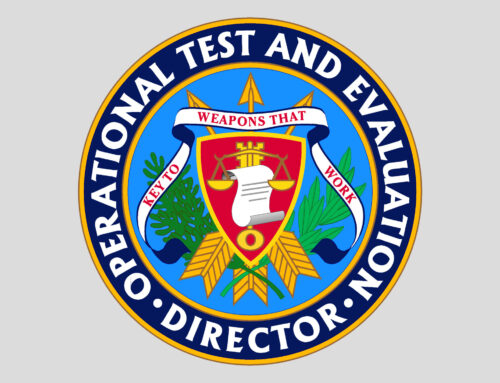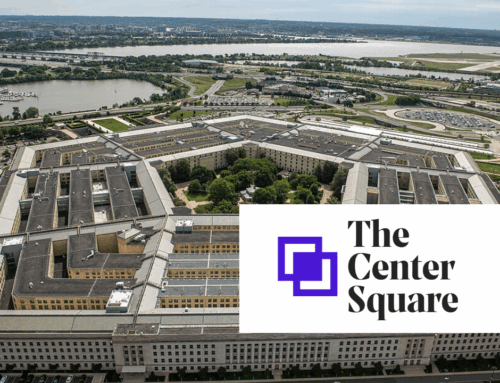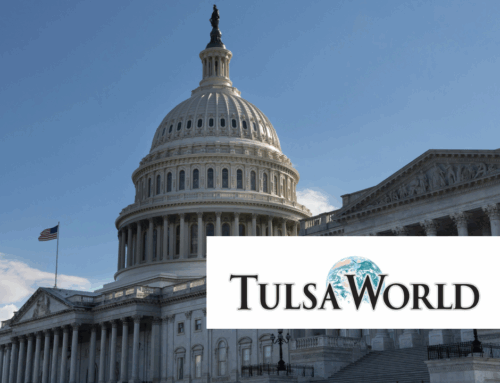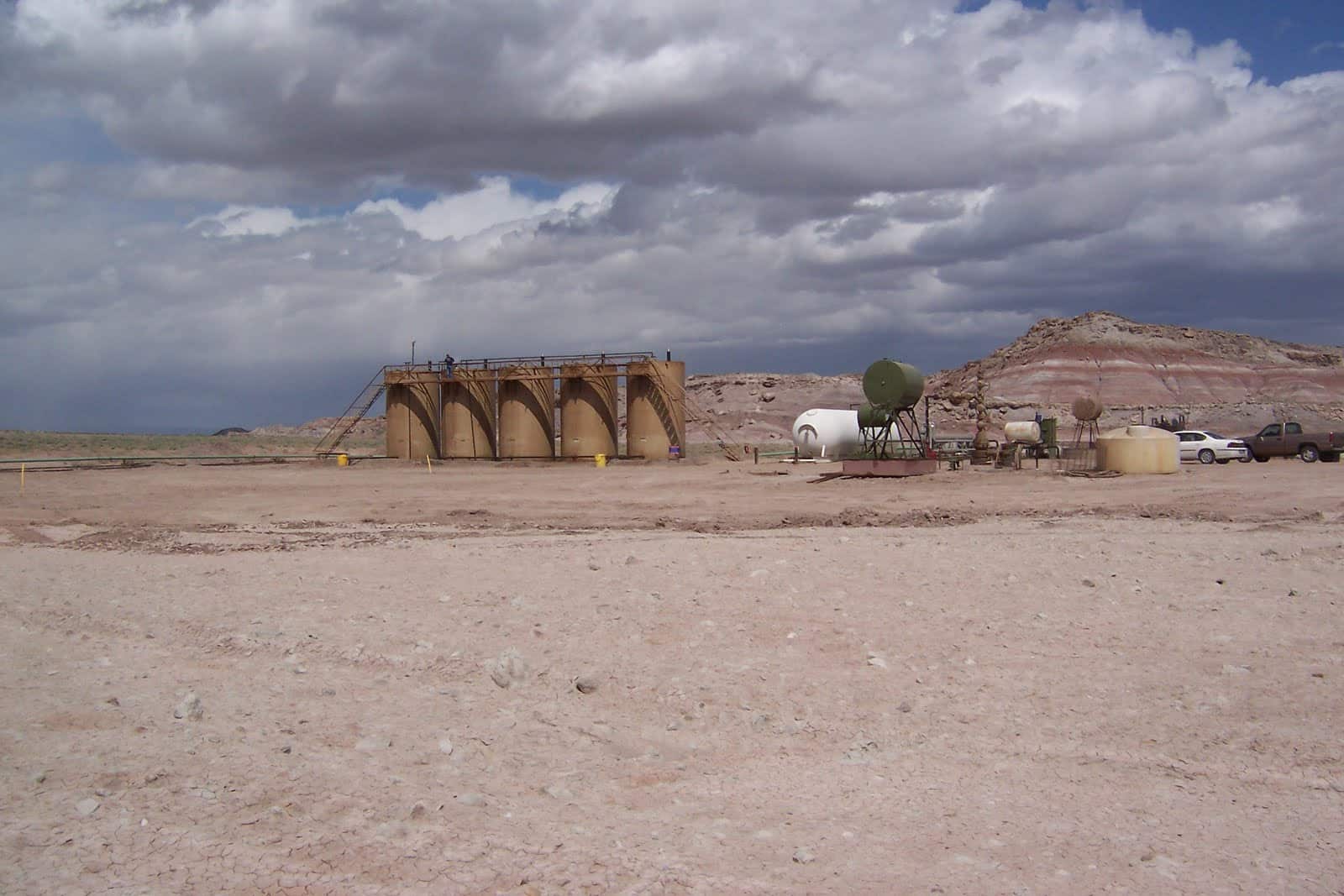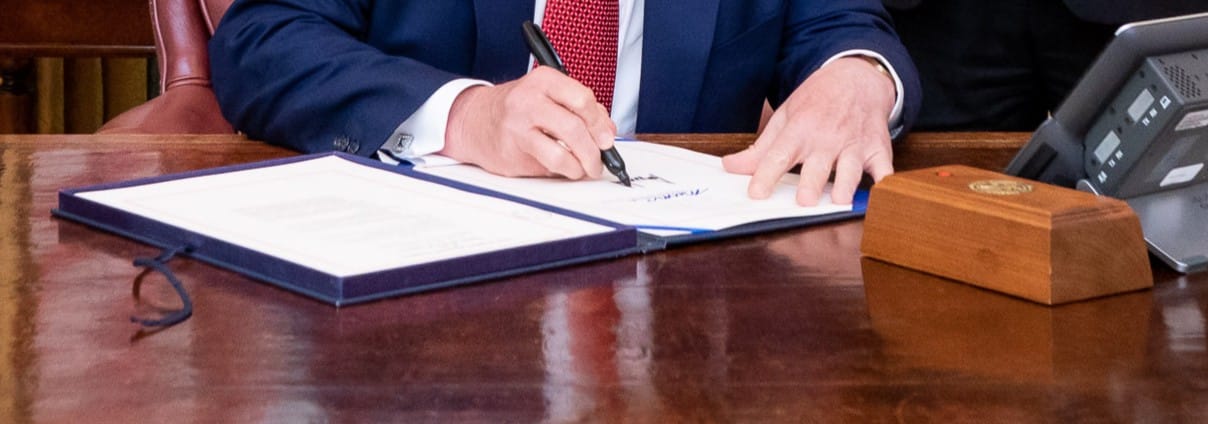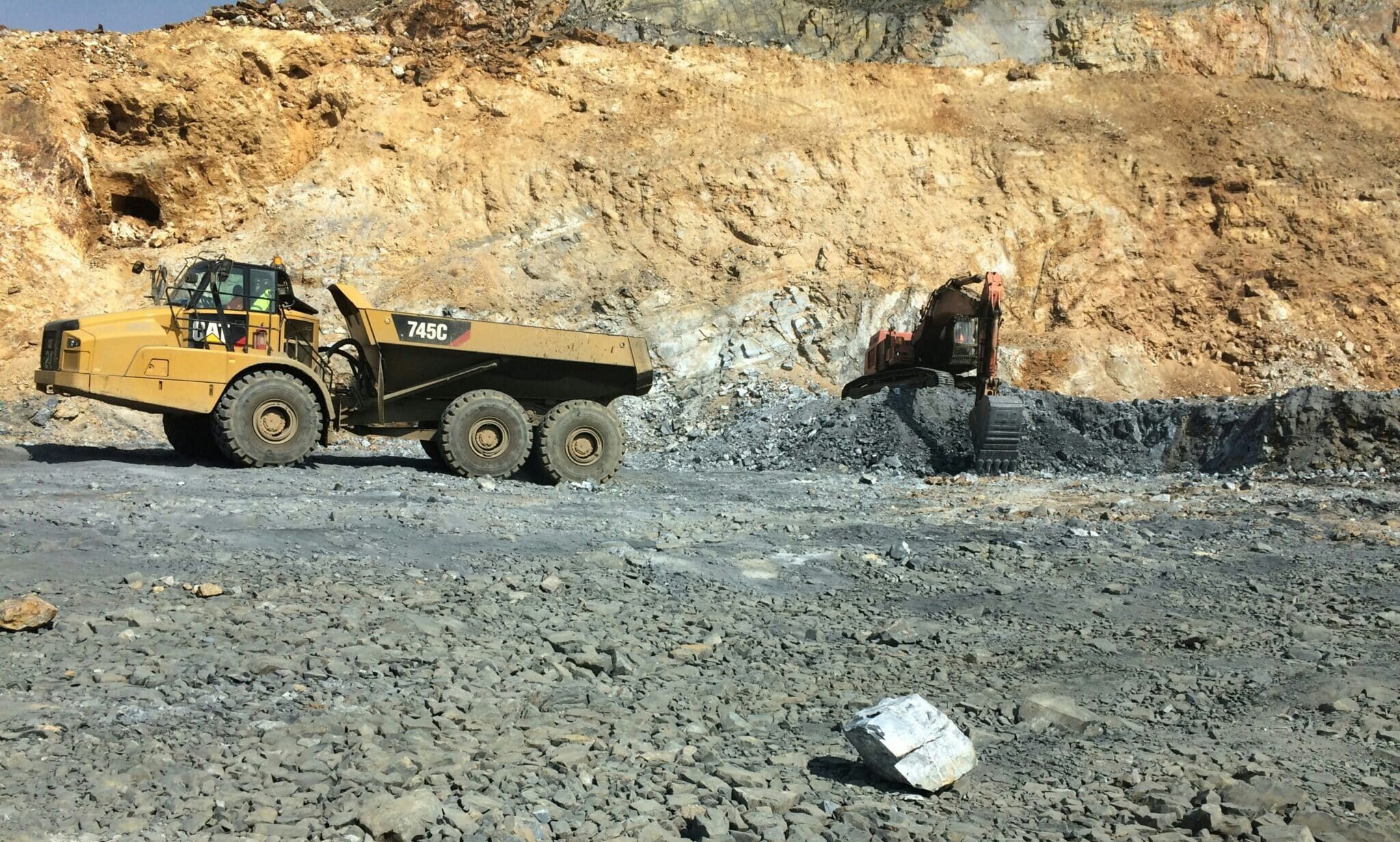The New York Times headline from Hiroshima on May 19, 2023, spoke volumes to anyone paying attention: “Biden Pays Silent Tribute to Victims of Hiroshima Bomb.”
As the President laid a wreath to the city and its people destroyed by a U.S. atomic bomb, the gesture obscured a tragic reality: A new nuclear arms race is underway—more treacherous, expensive, and unpredictable than the one the United States set in motion seventy-eight years ago. In March, two months before his “silent tribute,” Joe Biden proposed the largest nuclear weapons budget in history.
The President was in Hiroshima for the annual meeting of the Group of Seven (G7), invited by Prime Minister Fumio Kishida to promote a “world without nuclear weapons.” In what The Japan Times called “an unprecedented visit,” the leaders toured the peace museum, met with eighty-five-year-old A-bomb survivor Keiko Ogura, planted a tree, and, standing before the Genbaku Dome, listened to Hiroshima’s mayor describe the events of August 6, 1945, when more than 70,000 people died from a single bomb.
Afterward, Biden told a press conference that his visit was a “powerful reminder of the devastating reality of nuclear war and our shared responsibility to never cease our efforts to build for peace. And together with the leaders of the G7, we have reiterated our commitment to continuing to work toward a world free from the threat of nuclear weapons.”
But as he and other G7 leaders left Hiroshima without taking any concrete steps toward that goal, anti-nuclear voices were harsh: “Hiroshima deserves to be more than a symbolic setting, and the world deserves more than thoughts and prayers for disarmament,” wrote Derek Johnson, managing partner of Global Zero, a nonprofit campaigning for the elimination of nuclear weapons.
“Holocaust hypocrisy,” John LaForge called it. He is co-director of Nukewatch, a nonprofit project of The Progressive Foundation that was established by this magazine in 1979, but is no longer affiliated.
While the world survived the madness of the Cold War when six countries, led by the United States and the Soviet Union, stockpiled 70,000 warheads, the threat of a second nuclear disaster looms again today. The Doomsday Clock, set each year by the Bulletin of the Atomic Scientists, is now ninety seconds to midnight—“the closest to global catastrophe it has ever been.”
The reasons are numerous:
- Nine countries are now nuclear powers: Russia, the United States, China, France, the United Kingdom, Pakistan, India, Israel, and North Korea. Together they possess 12,700 warheads, according to the International Campaign to Abolish Nuclear Weapons, winner of the 2017 Nobel Peace Prize.
- New nuclear bombs are being designed and manufactured, along with new weapons to deliver them.
- In February, Russia suspended its participation in the last existing nuclear arms treaty with the United States.
- China is aggressively adding nuclear weapons to its triad arsenal (delivered by submarine, missile, or bomber) and could reach 1,500 bombs by 2035.
- North Korea and Russia have openly threatened the use of nuclear weapons.
The United States, which controls 40 percent of the world’s nuclear stockpile, has budgeted $1.7 trillion in an effort to maintain its dominance. The strategy was spelled out in February at a gathering of the Nuclear Security Enterprise, the nationwide complex of laboratories and factories that are designing and preparing to build new thermonuclear weapons.
In a remarkably transparent speech to the Nuclear Deterrence Summit, Jill Hruby, administrator of the National Nuclear Security Administration (NNSA), the semi-autonomous agency within the U.S. Department of Energy that oversees nuclear weapons, described the U.S. buildup as a “renaissance.”
In the next five years, the NNSA plans to complete five warhead “modernization” programs, build at least six new major facilities, and rebuild numerous facilities and capabilities that have “atrophied” or “disappeared” since the Cold War, she said. Many of the plants and labs are still cleaning up radioactive contamination left from the Cold War.
Some 3,750 existing but aging warheads are being modernized, according to Marvin Adams, the NNSA’s deputy administrator for defense programs. They include five warheads for gravity bombs, Minuteman and cruise missiles, and the Trident missile for new Columbia-class submarines, which are now being built. One warhead, the W87-1, is a design for the Sentinel, a new intercontinental ballistic missile that will replace the Minuteman III missiles currently in 400 silos in Colorado, Wyoming, Montana, Nebraska, and North Dakota. An entirely new warhead, the W93, is being developed for the Columbia submarines, Adams told attendees of the nuclear summit.
To make these new warheads, the United States will again manufacture plutonium “pits,” the core of hydrogen thermonuclear bombs, at a remodeled plant at the Los Alamos National Laboratory in New Mexico, and a new $11 billion plant in Savannah River, South Carolina. The pit plants, which will replace the infamous Rocky Flats factory outside Denver, Colorado, that was closed in 1989, are still being designed. Watchdog groups have filed lawsuits to force full environmental impact statements, but Congress has directed Los Alamos to make thirty pits a year by 2030 and Savannah River to make fifty pits a year by 2030—numbers that are likely to grow, Hruby said.
Creating new pits to replace existing Rocky Flats ones is hotly debated. The government says the military must be reassured that the bombs will work as designed. But, according to a 2007 study by the independent scientific advisory group JASON, “There is no degradation in performance of primaries of stockpile systems due to plutonium aging that would be cause for near-term concern regarding their safety and reliability. Most primary types have credible minimum lifetimes in excess of 100 years.” Annual tests by Los Alamos and Lawrence Livermore National Laboratories show that forty-year-old pits are pristine internally. The “plutonium metal is not becoming significantly less strong or more brittle,” the Bulletin of the Atomic Scientists reported.
With an estimated 18,000 existing pits—including 4,000 in strategic reserve at the Pantex plant in Texas—“we don’t need new pits,” says Jay Coghlan, executive director of Nuclear Watch New Mexico. “Future pit production is for speculative new designs that can’t be tested or could prompt the United States to resume testing.”
Even watchdog groups acknowledge the dramatically altered nuclear landscape. “This entire industry has slipped the reins of Congressional oversight and has been pretty much writing its own ticket,” adds Greg Mello, a co-founder in 1989 of the Los Alamos Study Group who attended the February gathering.
Few remember that this buildup began under President Barack Obama, who took office in January 2009, called for a nuclear-free world in a speech in Prague in April of that year, and received the Nobel Peace Prize in December. With the expiration of President Ronald Reagan’s Strategic Arms Reduction Treaty (START) with the former Soviet Union that same December, Obama negotiated “New START” with then Russian President Dmitry Medvedev. It reduced military stockpiles to 1,550 warheads for each country, with 700 deployed land and sea missiles and heavy bombers.
But to win Senate approval of the treaty, Obama was “held hostage” by Republican hawks led by Senator Jon Kyl of Arizona, according to Peter Kuznick, a history professor and director of the Nuclear Studies Institute at American University. They forced Obama to accept a thirty-year, trillion-dollar “modernization” program of the U.S. nuclear arsenal. The rationale was justified at the time by Vice President Joe Biden, who called the U.S. nuclear complex “underfunded and undervalued.”
Kyl, who is now retired, told Reuters that he opposed the treaty because Russia “cheats” on treaties. He voted against it, but as Senate whip he assembled more than the required sixty-seven votes in exchange for a massive infusion of funds—initially projected to cost $88 billion—for new and improved nuclear weapon systems.
During Obama’s final years in office, the U.S. nuclear enterprise created more accurate submarine missiles and remodeled its gravity bomb, the B61, into a guided “smart bomb” that can be “dialed” to adjust the size of the explosion. It can be as small as 0.3 kilotons to use against troops or as large as 340 kilotons. Hiroshima’s bomb was 15 kilotons. According to Reuters, the B61 is the most expensive bomb ever built, at a cost of $20.8 million per bomb. The government plans to make 480 of them.
“It was a corrupt deal that we’re going to pay the price of for decades, if we’re still around to enjoy the fruits of that treaty,” Kuznick tells The Progressive.
According to the U.S. State Department, both sides have met the original treaty limits. But what began as a $7 billion annual nuclear weapons budget in 2010 metastasized over three administrations to President Joe Biden’s current proposal of $23.8 billion.
It is now estimated that the modernization of bombs, new intercontinental ballistic and cruise missiles, a new B21 stealth bomber, and a new submarine will cost at least $1.7 trillion over the next thirty years.
Additionally, cleanup of Cold War contamination is beginning to slow, according to Taxpayers for Common Sense. Biden’s proposed budget for this in 2024 is $7.5 billion, down $110 million, or 1.4 percent. The bulk of the cost is at the former plutonium reactors in Hanford, Washington.
In February, on the one-year anniversary of his invasion of Ukraine, Russian President Vladimir Putin announced that Russia would “suspend” participation in New START. He had already halted mutual inspections of nuclear sites. While the two countries had agreed in principle to extend the treaty to 2026, his actions leave the world without a fully functional treaty to limit nuclear weapons, a first since 1968.
Three nuclear powers—the United States, China, and Israel—have declined to ratify the Comprehensive Nuclear Test Ban Treaty of 1996, while three more—North Korea, India, and Pakistan—did not even sign it and have tested bombs underground, most recently in North Korea in 2017. In his February speech, Putin said Russia would resume testing if the United States were to resume, an idea floated by the administration of former President Donald Trump.
The United States voluntarily stopped nuclear testing in 1992, but continues to test nuclear devices with “subcritical” explosions and computer programs at the Nevada National Security Site, formerly known as the Nevada Test Site. The site could resume nuclear testing in two to three years under a presidential order, according to the Congressional Research Service.
Even as the first millions of the projected trillions of dollars begin to flow toward the nuclear enterprise complex, public knowledge of the United States’ new arms race appears scant. Students at American University in Washington, D.C., are passionate about climate change and racism, but “at this point, there is almost no student interest in nuclear weapons,” Kuznick says. “And that’s been the case for years now—it’s tragic.”
One reason is the lack of media coverage. “I do a lot of interviews—a couple hundred a year—but they’re almost all overseas sources,” Kuznick says. “None of us really get access to mainstream media in the United States. It’s as if you can’t discuss it in the United States. It’s sad and dangerous.”



